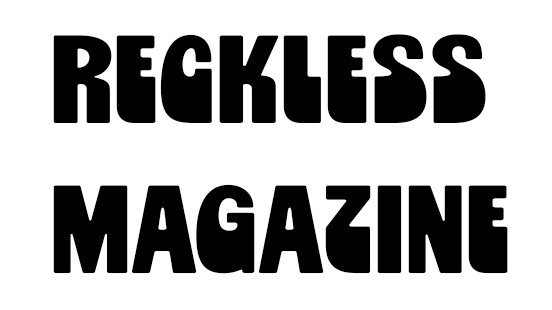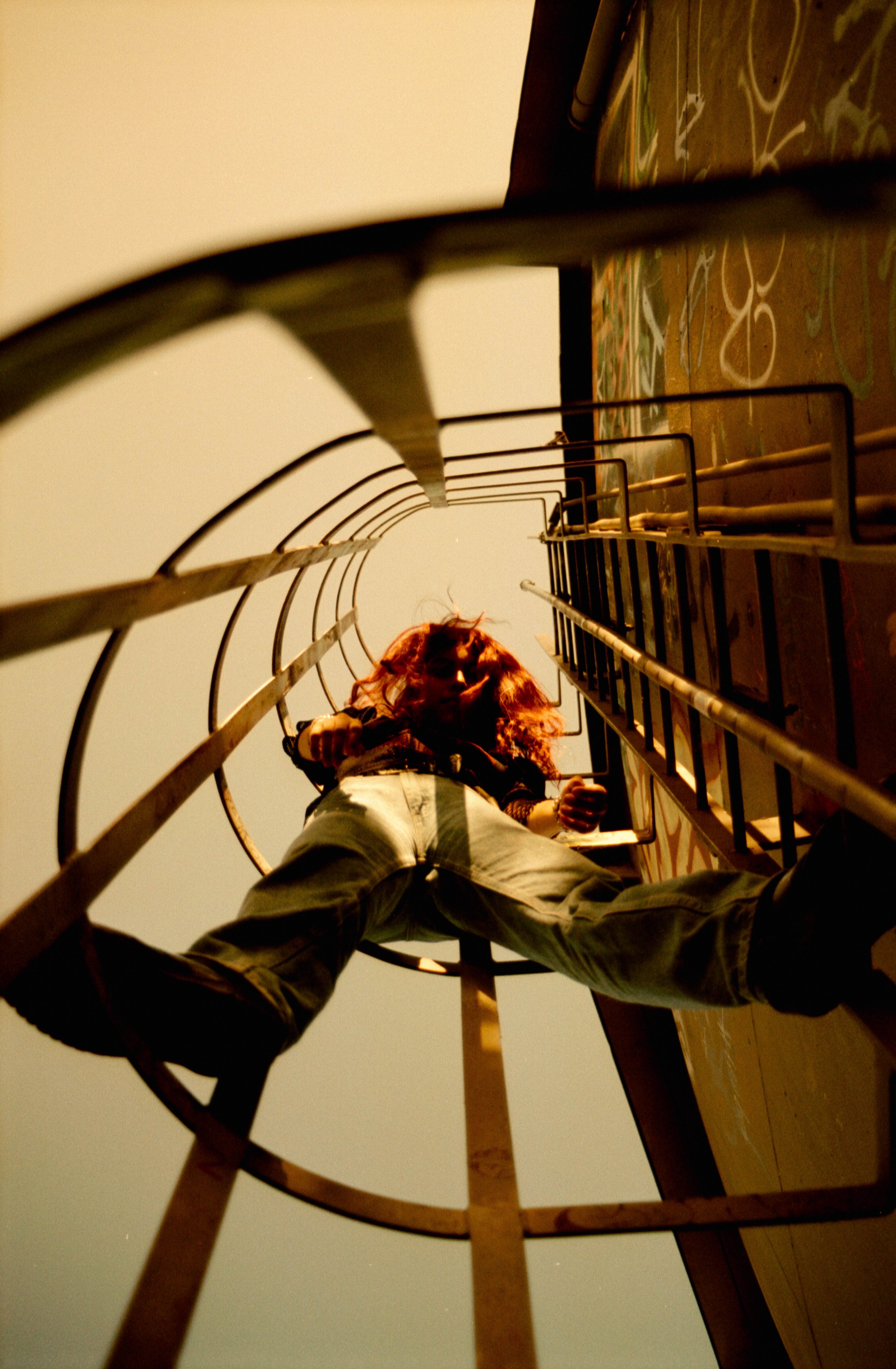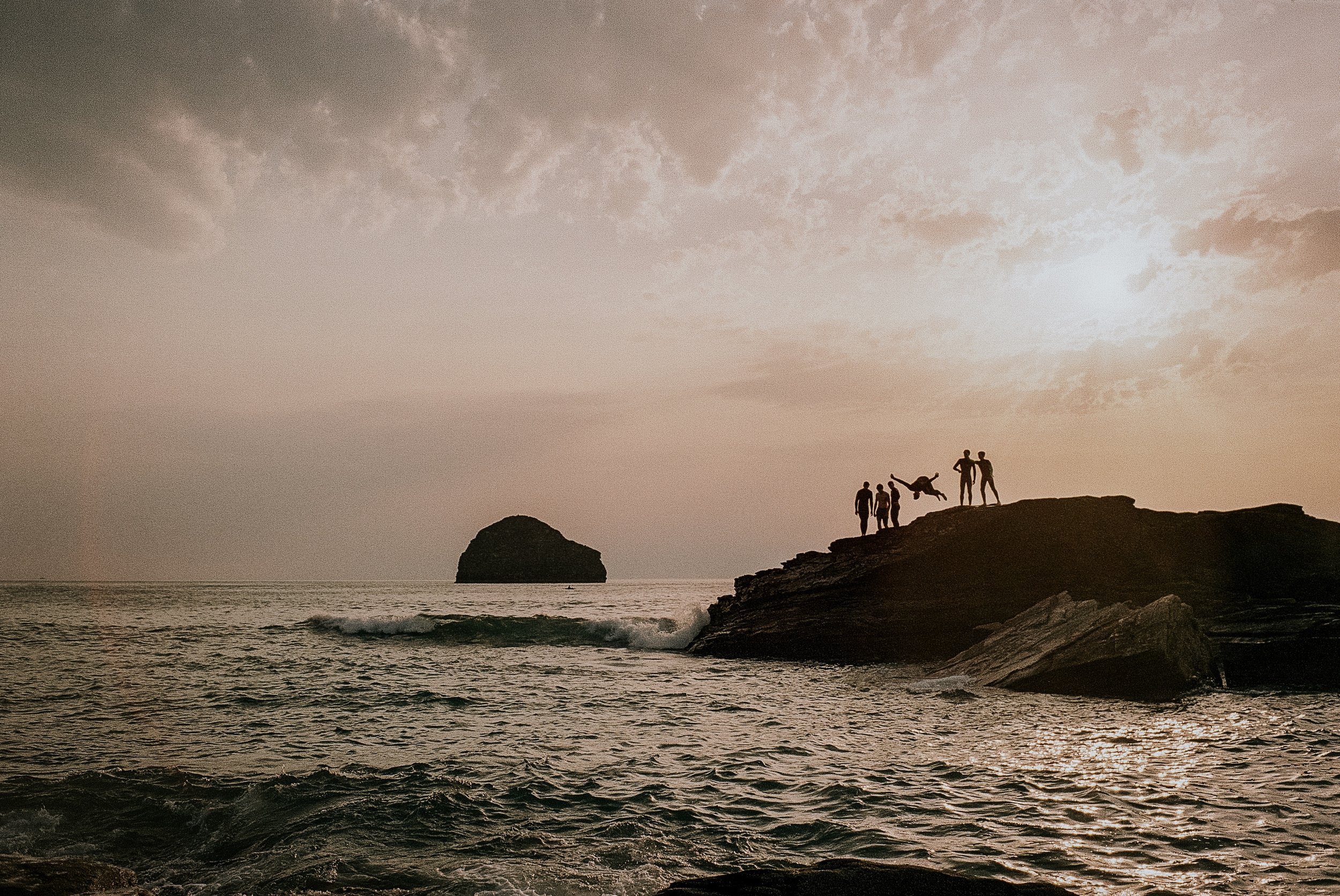Bending Light

Underwater Fantasies
Photography By Jenny Baumert
Underwater photographer and cinematographer Jenny Baumert opens up about her career in the film industry, how light travels differently in water versus air, and empowering women and femme identifying individuals through her art.
Los Angeles, USA
What is your history as a photographer?
I’ve been creating images since high school, primarily focusing on nightlife photography until I decided it was something that I wanted to pursue professionally. I moved to California to attend the Brooks Institute, where I was introduced to and fell in love with underwater photography.
How would you describe your style? What makes your photography unique?
I tend to experiment a lot with my style using in-camera effects - whether that be filters, prisms, expired or altered film - to create surreal imagery. Shooting underwater helps add an element of surrealism to my images as well. The surface of the water does some pretty incredible things and it is constantly changing so you’ll never make the same image twice. One of my main goals when shooting is to create a space where anyone, especially women and femme identifying individuals, feel truly free and have an empowering experience.
What are the main difficulties of shooting underwater? How do you manage these difficulties ?
There are many difficulties when shooting underwater, and they vary from job to job.
First things first - you have to have a camera housing that you trust to protect your gear from water. You then have to make different calculations for focus because water has a different refractive index than air does. Refraction is where light bends as it passes from one medium to another, this occurs when light traveling through water passes through the glass and air of your underwater housing causing objects to appear 25% larger and closer than they really are. Water also absorbs light and color and factoring that in will help you create vibrant images.
You also need to master your buoyancy control so you have steady hands and no camera shake.
Which underwater locations have been your favorite to shoot in? Why?
One of my favorite locations to shoot underwater is Santa Catalina Island, one of California’s channel island, southwest of Los Angeles. There is so much wildlife coasting through your frame and vibrant colors spread throughout the water and of course the star of the show - kelp. There is nothing like the kelp forests in the northeastern pacific.
In addition to being a photographer, you are also a cinematographer for film, commercials, and music videos. What are some differences between being a photographer and cinematographer? How do you approach each differently?
In addition to being a photographer, I am an underwater cinematographer! There aren’t too many differences in how I approach each format except when shooting video underwater I need a much larger team. This is also when mastering my buoyancy comes into play, I want to be able to swim with talent or wildlife without moving the camera. I might also use different lights for each format, sometimes a strobe or two for pictures but I generally use continuous or natural light for both.
What has your experience been like working in the film and entertainment industry? What have been some highs and lows?
The film industry can be a pretty tough thing to navigate and it can be very competitive. It’s a lot of hard work and every day is a grind. I believe that networking is the best way to build a great team and keep working so you can move up the ladder. You want to build a solid reputation to assure longevity working in the entertainment industry.
Also, mentors are everything (I think I have around 8). Look for people who have already succeeded in the field you wish to pursue and offer to take them out for a coffee so you can talk shop, get advice, and maybe even have the opportunity to shadow or assist them. People are accessible and social media is a miracle when it comes to networking.
What kind of change do you want to see in the film and entertainment industry? How do you think this change will happen?
While female representation in filmmaking is growing there is still a large imbalance of females employed in this industry compared to men. I can’t wait to see this continue to change and I think that it’s more likely to happen when we start to hire more women in key roles. One study found that films with at least one female key, such as a director or cinematographer, are much more likely to hire women below the line.






